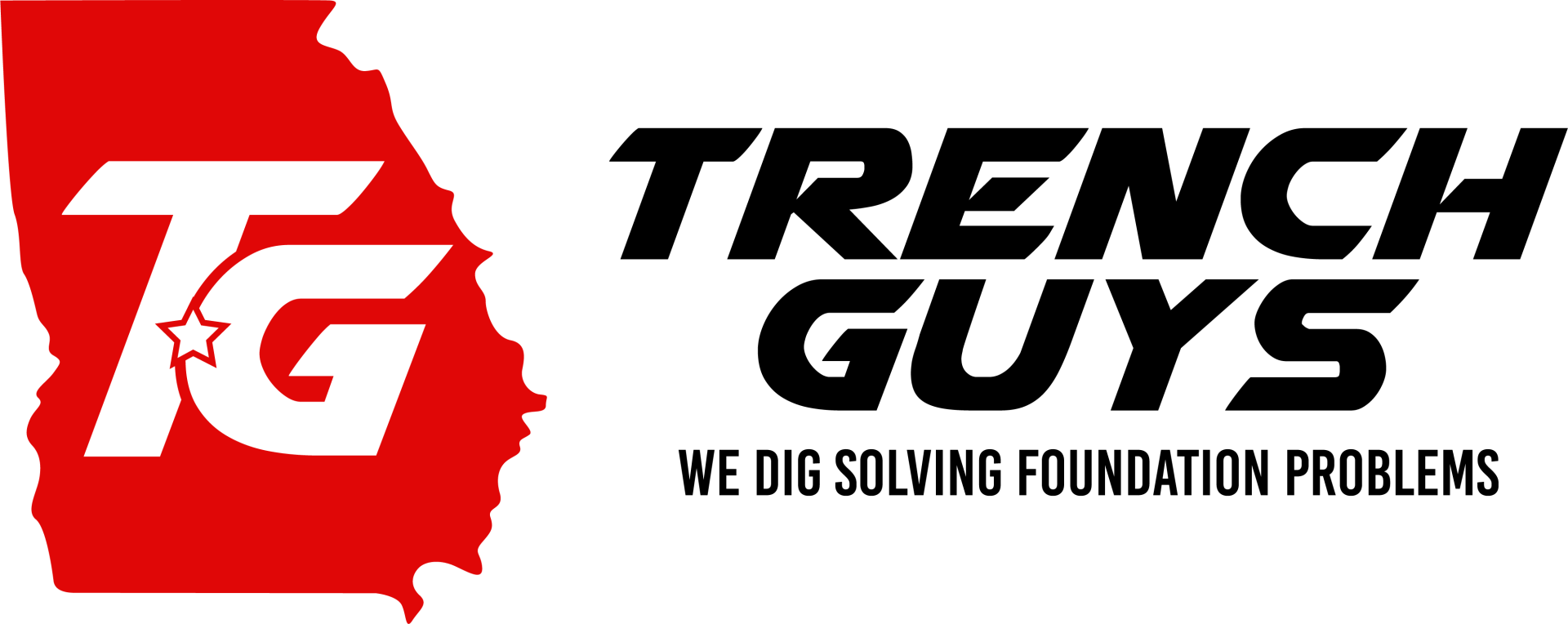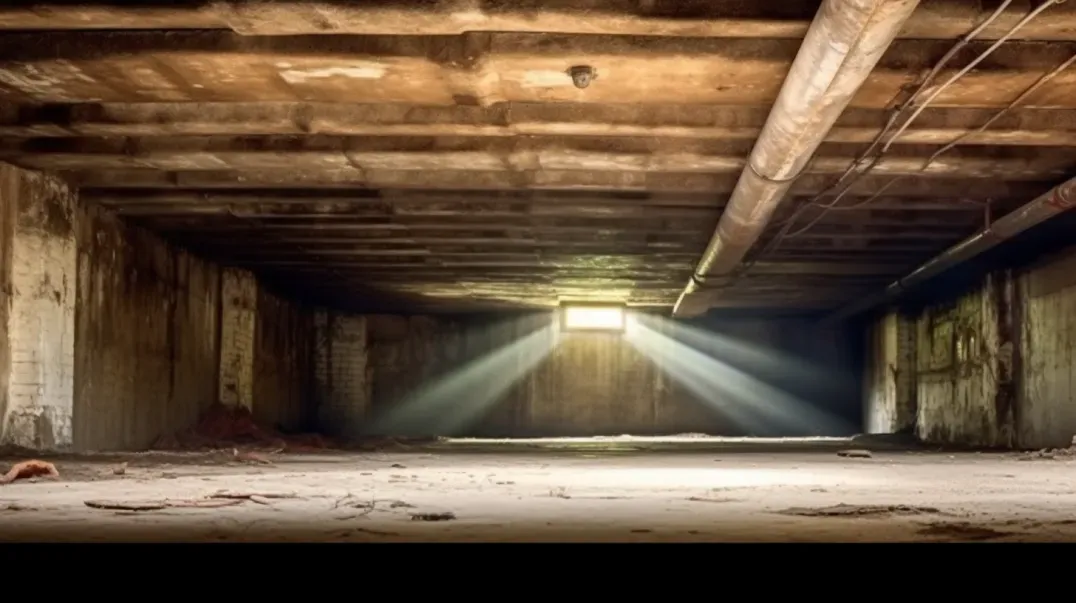Crawl spaces, often overlooked, play a vital role in the structural integrity and overall health of your home. These hidden areas can be the first places where significant issues such as moisture buildup, pest infestations, and foundational shifts begin to manifest. Understanding the importance of early detection of these issues is crucial for maintaining a safe, stable, and healthy living environment.
When structural issues in crawl spaces are caught early, the benefits are manifold. Timely intervention can prevent minor problems from escalating into major structural failures that require expensive and invasive repairs. For instance, a small leak or initial signs of wood rot, if addressed promptly, can save a homeowner from facing severe damage that compromises the entire structure of the home. Moreover, early detection helps in maintaining the quality of indoor air, preventing mold and mildew from becoming a health hazard.
This blog aims to underline the significance of regularly inspecting your home’s crawl space, the potential risks of neglect, and the practical steps you can take to ensure your home remains a secure and valuable asset. We’ll explore how routine inspections can uncover hidden issues, the consequences of allowing them to go unchecked, and the overall benefits of proactive home maintenance.
What is Structural Damage in Crawl Spaces?
Structural damage in crawl spaces refers to any deterioration or failure in the components that support the weight and stability of a home. This includes problems with foundational walls, floor joists, beams, and support posts that are integral to the building's structure. Identifying and addressing these issues early is critical to maintaining a home's safety and longevity.
Definition and Implications
Definition:
Structural damage in crawl spaces typically manifests as cracks in foundation walls, rotting or weakened floor joists, damaged beams, and compromised support posts. These issues may arise due to various factors such as moisture, improper drainage, pest infestations, or natural settling of the house. Each of these can gradually undermine the structural integrity of the components designed to support and distribute the home's weight evenly.
Implications:
The impact of structural damage in a crawl space extends far beyond the immediate area. It can affect the overall integrity of a home in several profound ways:
- Safety Risks: Compromised structural integrity can pose serious safety risks. Floors may become uneven, leading to tripping hazards or, in severe cases, risk of collapse.
- Property Value: Homes with unresolved structural damage typically have lower market values. Prospective buyers often avoid properties with foundational issues due to the high cost of repairs.
- Increased Repair Costs: Minor structural issues can rapidly develop into major problems if not addressed timely. Early intervention usually results in more manageable repair costs, whereas delayed action can lead to more complex, invasive, and expensive repairs.
- Functional Problems: Damage can also cause problems with doors and windows sticking or not closing properly, cracks in interior walls, and uneven flooring, all of which affect the functionality and aesthetics of a home.
Understanding the nature of structural damage and its severe implications on a home's integrity is crucial for homeowners. This knowledge empowers homeowners to take proactive steps in maintaining their property through regular inspections and timely repairs, ensuring their home remains safe, functional, and valuable in the long run.
Early Signs of Structural Damage
Recognizing the early signs of structural damage in your home can prevent minor issues from becoming severe problems. Here, we discuss some crucial indicators that homeowners should be aware of, especially concerning the crawl space, which often houses the foundational elements of a building.
Cracks in Foundation Walls
Foundation cracks can vary widely in type and severity, each signaling different issues affecting your home's structural integrity.
- Types of Cracks:
- Hairline Cracks: Typically thin and superficial, hairline cracks are common in new homes as the structure settles or in older homes due to minor settling over time.
- Stair-Step Cracks: These occur in masonry joints of concrete block walls and may indicate differential settling of the foundation, which can be a serious concern.
- Horizontal Cracks: Often the most severe, horizontal cracks suggest that the foundation is failing under pressure, possibly from saturated soil or improper drainage outside the foundation.
- What Each Type of Crack Might Indicate:
- Hairline cracks often do not affect structural integrity but should be monitored to ensure they don’t widen.
- Stair-step cracks could suggest more significant settling or movement issues that might require structural intervention.
- Horizontal cracks are typically urgent, as they indicate that the foundation is resisting heavy lateral earth pressures and might be at risk of failure.
Uneven or Sagging Floors Above the Crawl Space
Uneven or sagging floors can directly indicate problems in the crawl space, particularly concerning the structural joists and beams.
- Signs That Your Floors Are Impacted:
- Floors that feel bouncy or spongy as you walk over them.
- Visible gaps between floorboards or between the floor and baseboards.
- Sloping or dipping in certain areas of the floor.
- Potential Causes of Sagging or Unevenness:
- Weakened floor joists or girders due to moisture damage or wood rot.
- Inadequate support from piers or footings, possibly due to sinking or settling.
- Over-spanned joists that are not thick or strong enough to support the floor's load, possibly due to a design flaw or previous modifications.
Moisture Problems
Moisture in the crawl space is a significant precursor to various structural issues.
- Signs of Excessive Moisture or Water Pooling:
- Staining or darkening of wood surfaces, which indicates water damage.
- Condensation on insulation, plumbing fixtures, or on crawl space walls.
- Pools of water on the crawl space floor after heavy rains.
- How Moisture Can Lead to Structural Damage Over Time:
- Persistent moisture can lead to wood rot, weakening the structural components that support the home.
- Moisture can also corrode metal fasteners and fixtures, further compromising structural integrity.
- Over time, a moist environment encourages the proliferation of mold and fungi, which can degrade building materials and lead to health problems.
Unusual Odors or Musty Smells
Odors emanating from the crawl space can be telling signs of underlying issues.
- What Smells May Indicate About the Health of Your Crawl Space:
- A musty, moldy smell typically indicates the presence of mold or mildew, often due to excessive moisture or inadequate ventilation.
- A foul or sewage-like smell could point to plumbing leaks or issues with the home's sewer system.
- Connection Between Odors and Mold or Mildew Presence:
- Mold and mildew release volatile organic compounds (VOCs) as they grow, which contribute to the musty odor commonly associated with mold issues.
- The presence of these fungi not only affects air quality but also signals that the crawl space conditions are suitable for ongoing moisture problems, which could lead to more severe structural issues.
Understanding these early signs of structural damage and addressing them promptly can save homeowners significant repair costs and help maintain the home's safety, stability, and value.
Contributing Factors to Structural Damage
Structural damage in your home can be influenced by several external and internal factors. Two of the most common contributing factors are poor drainage and water management, and pest infestations. Understanding these elements and how to manage them effectively can help maintain the integrity of your home's structure.
Poor Drainage and Water Management
Improper drainage can have severe implications on your home's foundation and overall structural stability.
- How Improper Drainage Can Exacerbate Structural Issues:
- Water accumulation around the foundation can lead to increased hydrostatic pressure, which can cause foundation walls to crack or bow.
- Poor drainage can lead to water pooling in the crawl space, resulting in moisture problems such as mold, wood rot, and corrosion of metal supports.
- Over time, water infiltration can undermine the soil beneath foundations, leading to settling and potentially catastrophic structural failures.
- Tips for Managing Water Flow Around and Under Your Home:
- Gutters and Downspouts: Ensure that your gutters are clean and downspouts direct water at least 5 feet away from your foundation to prevent pooling.
- Proper Grading: The ground around your home should slope away from the foundation to facilitate water runoff and prevent accumulation.
- Drainage Systems: Consider installing French drains or other drainage solutions around your home to manage excess water effectively.
- Vapor Barriers: In the crawl space, use vapor barriers on the ground to prevent moisture from the soil from evaporating into the crawl space air.
Pest Infestations
Pests can not only be a nuisance but also cause or indicate significant structural damage.
- Common Pests That Can Cause or Indicate Structural Damage:
- Termites: These insects feed on wood, potentially compromising the structural integrity of wooden beams and joists in your crawl space.
- Carpenter Ants: Unlike termites, carpenter ants do not eat wood but excavate it to create nests, which can weaken the wood over time.
- Rodents: Mice and rats can chew through almost anything, including electrical wires and structural wood, increasing the risk of electrical fires and weakening structural elements.
- Signs of Pest Activity to Watch Out for:
- Visual Signs: Look for mud tubes on foundation walls (indicative of termites), sawdust-like material (frass from carpenter ants), or droppings and nesting materials from rodents.
- Auditory Signs: Listen for sounds of movement or chewing in the walls or crawl space, especially at night when many pests are most active.
- Damage Signs: Visible gnaw marks on wood, insulation, or wires, and weakened or hollow-sounding wood when tapped can indicate the presence of pests.
By addressing these contributing factors to structural damage through preventative measures and timely interventions, homeowners can protect their investment and ensure their living environment remains safe and stable. Regular inspections and maintenance are crucial in identifying potential problems early, thereby preventing minor issues from escalating into significant repairs.
DIY Inspection Tips
Conducting regular inspections of your crawl space can help you catch early signs of trouble before they evolve into major issues. Here are some practical tips for homeowners interested in performing basic inspections themselves, and guidance on recognizing when it's time to call in a professional.
How to Conduct a Basic Crawl Space Inspection
A thorough DIY crawl space inspection can help you understand the current state of this crucial area of your home. Here's how to do it safely and effectively:
- Step-by-Step Guide to Inspecting Your Crawl Space Safely:
- Safety First: Before entering a crawl space, wear protective clothing, including gloves, a mask, and eye protection to guard against irritants like mold and insulation fibers.
- Lighting: Ensure you have a powerful flashlight or a headlamp to illuminate the dark corners of the crawl space.
- Initial Assessment: Look around the entrance for any signs of water pooling, pest entry points, or obvious structural damage.
- Structural Elements: Check the condition of floor joists, beams, and supports for signs of rot, pest damage, or shifting.
- Moisture Levels: Use a moisture meter to check the wood and general humidity in the crawl space. High moisture levels can be a precursor to many problems.
- Ventilation: Ensure that all vents are clear of obstructions and allow for adequate airflow to prevent moisture buildup.
- General Condition: Look for any frayed wires, leaking pipes, or signs of mold and mildew.
- What Tools You’ll Need:
- Moisture Meter: To measure the level of humidity and moisture in wood.
- Flashlight or Headlamp: For adequate visibility.
- Screwdriver: To probe wood for softness, which is a sign of rot.
- Camera: To take pictures of any concerning areas for further evaluation or future reference.
- Tape Measure: To check if gaps in the foundation walls or between joists have widened since the last inspection.
When to Call a Professional
While DIY inspections are useful for routine check-ups, there are limitations and situations where a professional's expertise is crucial.
- Limitations of a DIY Inspection:
- Expertise: Homeowners may lack the detailed knowledge required to identify subtle signs of structural issues or to differentiate between harmless cracks and those that signify serious problems.
- Equipment: Professionals use advanced tools for more thorough inspections, such as thermal imaging cameras to detect hidden moisture or structural issues.
- Signs That You Need to Call a Structural Engineer or Professional Inspector:
- Significant Cracks: Any large or widening cracks in foundation walls or floors should be assessed by a professional.
- Persistent Moisture Problems: If efforts to control moisture fail and it continues to be a problem, it’s time for a professional assessment.
- Sagging Floors: This can indicate serious structural failure that requires immediate professional intervention.
- Unusual Structural Changes: Any rapid changes in the structural integrity of the home, such as doors and windows that no longer close properly, require professional evaluation.
Knowing when to handle things yourself and when to call in a professional can save not only time and money but also ensure that your home remains safe and structurally sound. A professional assessment provides peace of mind and a more precise direction for any necessary repairs.
Preventative Measures to Avoid Structural Damage
Maintaining the structural integrity of your home involves proactive measures to ensure that potential problems are addressed before they become severe. This section will cover routine maintenance tips that homeowners can implement, as well as improvements to enhance crawl space conditions that help prevent structural damage.
Routine Maintenance Tips
Regular maintenance of your crawl space is essential to prevent the onset of issues that can lead to significant structural damage.
- Regular Tasks Homeowners Should Perform to Prevent Damage:
- Inspect for Leaks: Regularly check for any signs of water leaks from plumbing lines that run through the crawl space. Early detection and repair can prevent moisture-related issues.
- Check Ventilation: Ensure that crawl space vents are not obstructed and are open as needed to provide adequate air circulation, which helps keep the area dry.
- Look for Pest Signs: Regularly inspect for signs of termites, rodents, and other pests that can cause structural damage. Look for droppings, nesting materials, or damage to wood and insulation.
- Clean Debris: Remove any debris or stored items that can attract pests or retain moisture. A clean crawl space is less likely to have issues.
- Importance of Ongoing Crawl Space Maintenance:
- Prevents Decay and Mold: Regular maintenance reduces the risk of wood rot and mold growth by managing moisture levels effectively.
- Extends Lifespan of Structural Components: By keeping the crawl space clean, dry, and free from pests, the structural components like joists and beams are less likely to degrade.
- Reduces Repair Costs: Proactive maintenance helps avoid costly repairs by catching issues early, before they escalate into more significant problems.
Improving Crawl Space Conditions
Enhancing the condition of your crawl space through specific improvements can significantly reduce the risk of structural damage.
- Solutions Like Encapsulation, Vapor Barriers, and Proper Ventilation:
- Encapsulation: Completely sealing the crawl space with a heavy-duty polyethylene barrier can protect against moisture, pests, and radon. This method effectively turns the crawl space into a controlled environment, which can also improve energy efficiency.
- Vapor Barriers: Installing a vapor barrier on the floor of the crawl space helps prevent moisture from the ground from evaporating into the crawl space air, thus protecting the wooden structures from moisture damage.
- Proper Ventilation: Ensuring that your crawl space has adequate ventilation is crucial. Automated vent fans can be installed to regulate air exchange and reduce moisture levels.
- How These Improvements Can Protect the Structural Integrity:
- Moisture Management: Both encapsulation and vapor barriers control the humidity levels in the crawl space, thereby reducing the risk of wood rot and fungal growth that can weaken structural materials.
- Temperature Control: Encapsulation helps maintain a more consistent temperature in the crawl space, which reduces the expansion and contraction of materials that can lead to structural issues.
- Pest Barrier: A sealed and encapsulated crawl space is less attractive to pests that can cause damage, such as termites and rodents.
Implementing these preventative measures and improvements not only safeguards the structural integrity of your home but also contributes to a healthier living environment and potentially increases the value of your property. Regular maintenance combined with strategic enhancements like encapsulation and improved ventilation ensures that your home remains stable and secure for years to come.
FAQs
Contact Trench Guys Today!
Trench Guys will do everything we can to ensure your experience with us is excellent.
Request A FREE Estimate
Request a Free Estimate Form
Checkout Recent Post
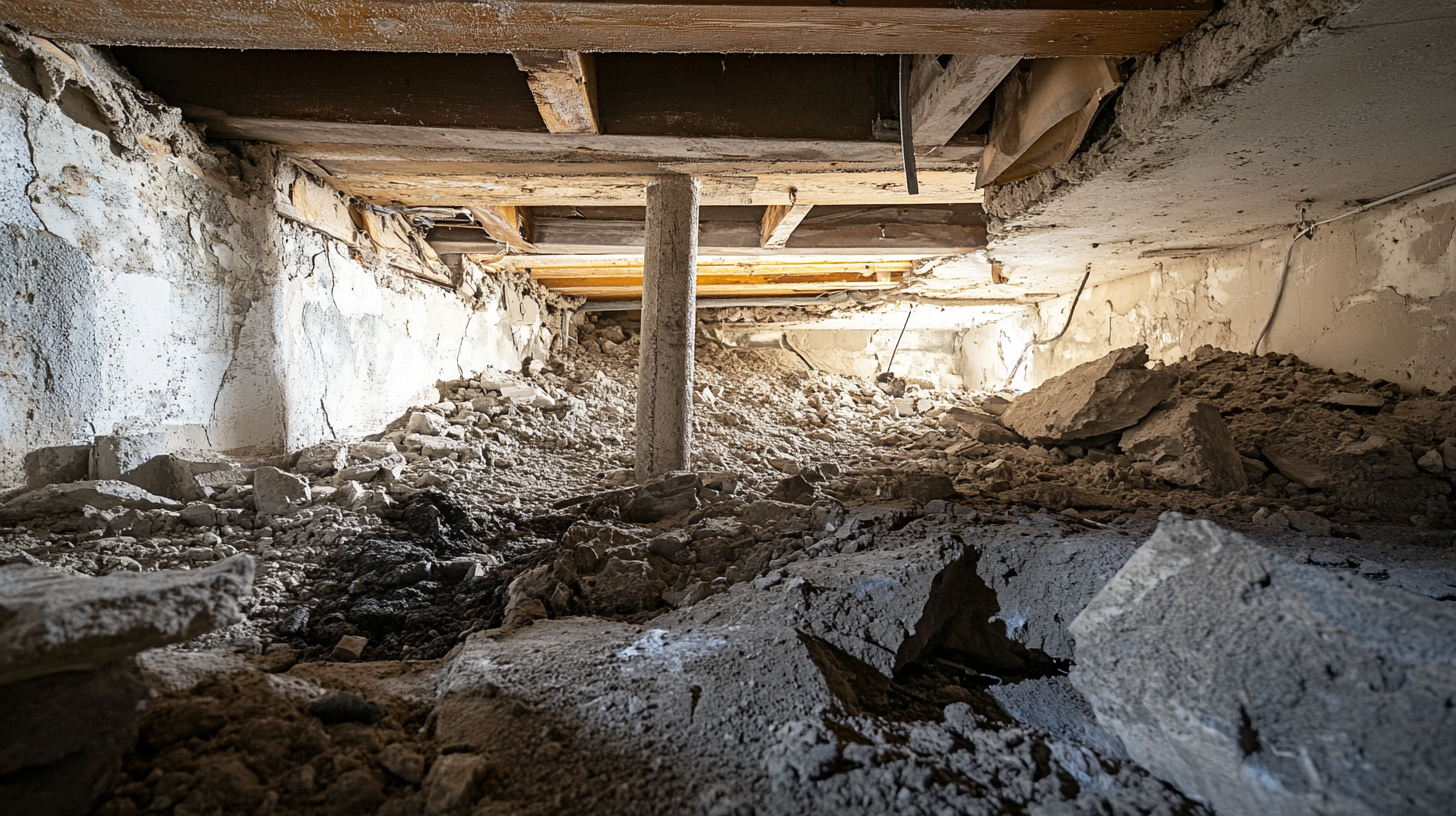
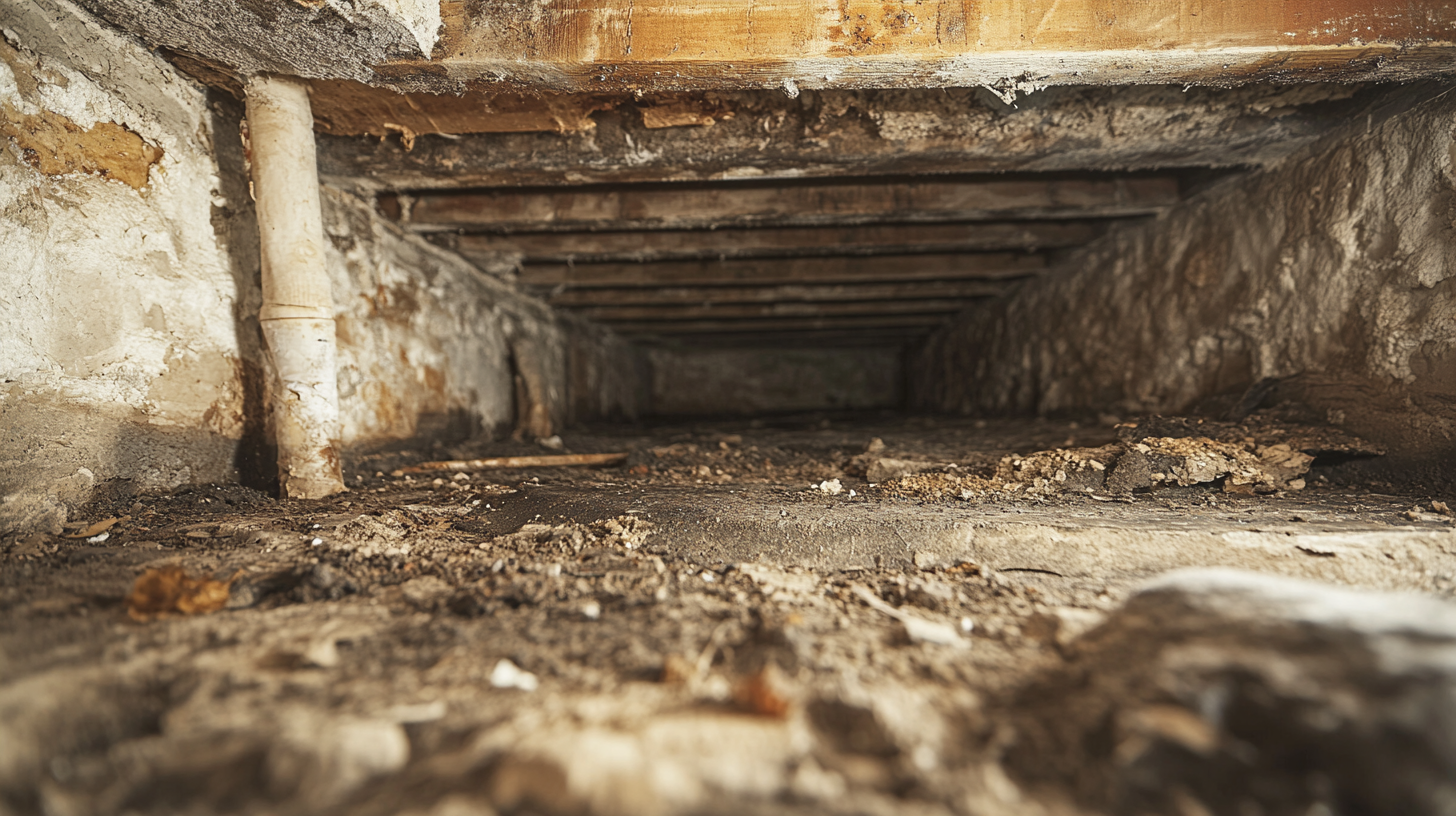

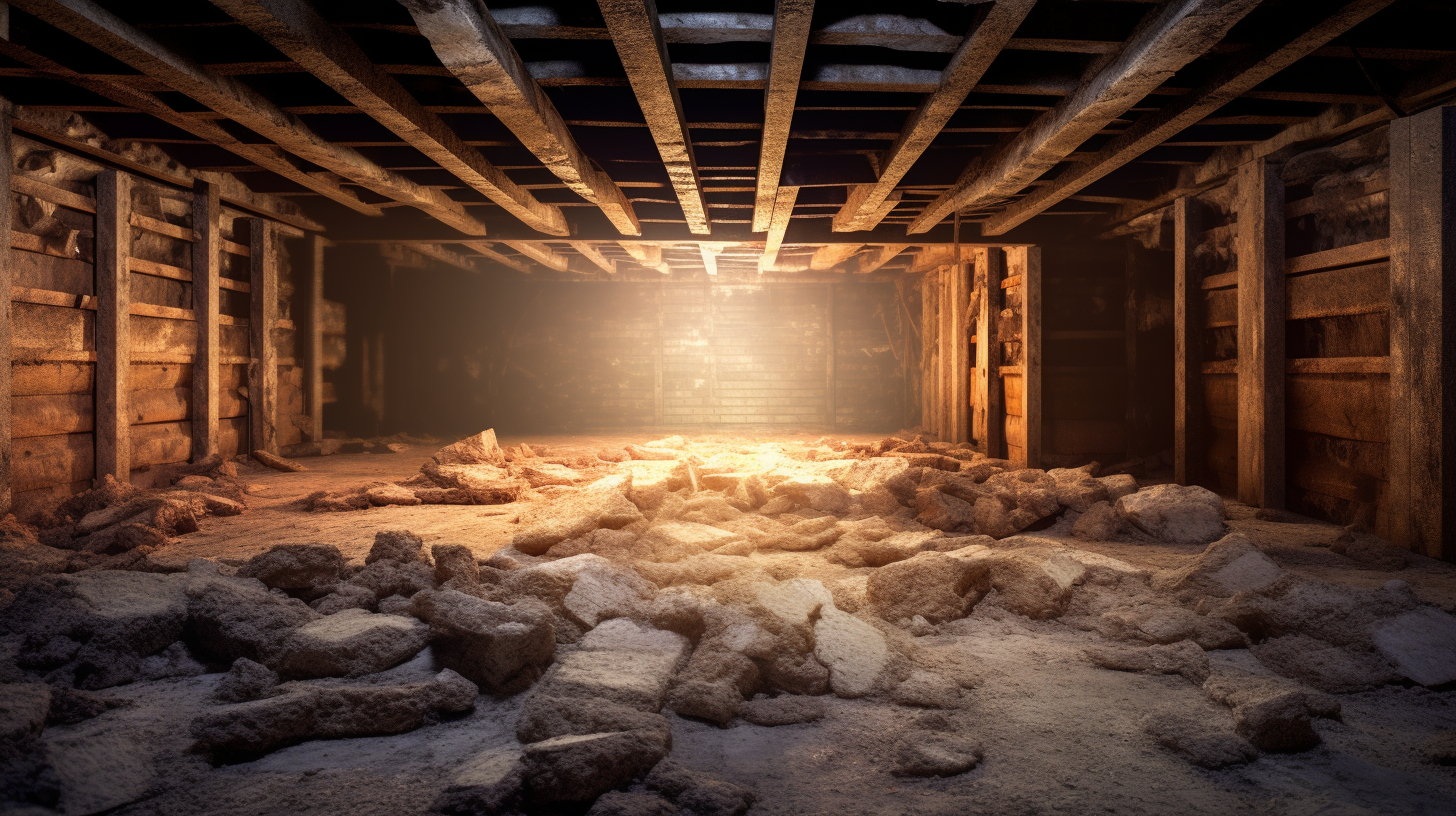
Got a Question? We’re Here to Help.
You can arrange an appointment or make an enquiry by phone or email, orget in touch to us via our contact form.
